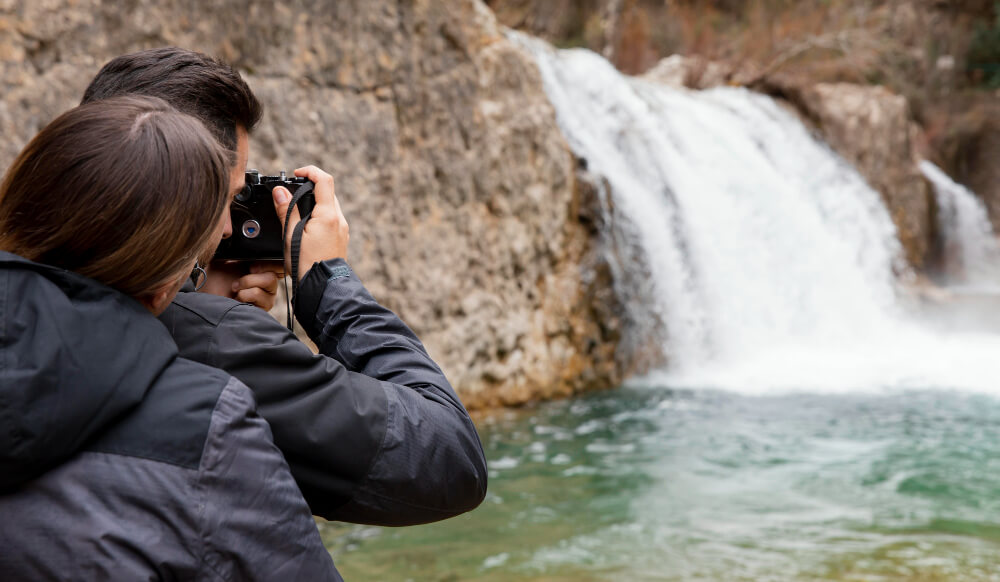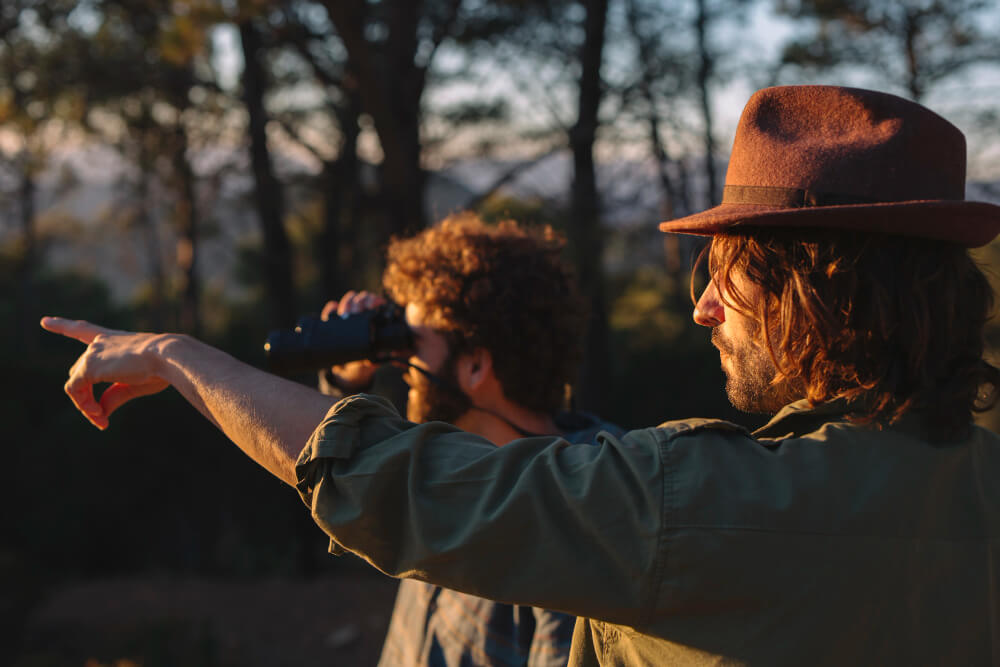Welcome, fellow adventurer! If you’re drawn to the untouched beauty of New Zealand’s landscapes and have a passion for photography, you’re in the right place.
In this comprehensive guide, we’ll delve into everything you need to know about capturing the raw, unspoiled essence of this breathtaking country through your lens. From preparation to execution, let’s embark on this journey together.

Understanding Your Audience
Before we dive into the practical aspects, let’s address some common questions and concerns you might have as an aspiring wilderness photographer:
- How do I prepare for a photography trip in New Zealand?
- What gear is essential for capturing landscapes in remote areas?
- How can I make the most of natural lighting and weather conditions?
- What are some key locations off the beaten path that offer stunning photographic opportunities?
- How do I respect and preserve the environment while photographing in the wild?
Preparation: Gear Up for the Adventure
When it comes to photography in the wild, preparation is key. Here’s how to gear up for your New Zealand expedition:
- Choose the Right Camera: Opt for a sturdy, weather-sealed camera body that can withstand the elements.
Pair it with a selection of high-quality lenses to capture diverse landscapes, from wide-angle vistas to detailed close-ups.
Consider the versatility of a mirrorless camera for its lightweight design and excellent image quality.
- Essential Accessories: Don’t forget to pack essentials like a sturdy tripod for stability, extra batteries, and memory cards with ample storage capacity.
A reliable backpack to carry your gear comfortably is also a must-have.
Look for one with padded compartments to protect your equipment during long hikes.
- Weatherproofing: New Zealand’s weather can be unpredictable, so be sure to invest in protective gear for your camera and yourself.
A rain cover for your camera and waterproof clothing will keep you shooting even in adverse conditions.
Additionally, pack lens cloths and a lens hood to protect your lenses from moisture and debris.
- Navigation Tools: While exploring remote areas, a GPS device or smartphone with offline maps can be invaluable for navigation.
Don’t rely solely on technology; carry a physical map as a backup.
Consider downloading apps like Maps.
Me or Gaia GPS, which offer detailed offline maps of New Zealand’s trails and backcountry areas.
Shooting Techniques: Mastering the Art of Wilderness Photography
Now that you’re equipped with the right gear, let’s focus on honing your photography skills in the wild:
- Embrace Natural Light: Take advantage of the soft, diffused light during the golden hours around sunrise and sunset for stunning landscape shots.
Experiment with different angles and compositions to make the most of the available light.
Keep in mind that overcast days can also provide excellent lighting conditions for capturing detail and mood in your photos.
- Capture the Essence: Look beyond the obvious landmarks and seek out unique perspectives that showcase the true essence of New Zealand’s wilderness.
Whether it’s a rugged coastline, misty mountains, or dense forests, strive to convey the raw beauty of the landscape in your photos.
Focus on capturing textures, patterns, and colors that evoke a sense of place and wonder.
- Tell a Story: Every photograph has a story to tell. Instead of simply snapping away, take the time to immerse yourself in the surroundings and capture moments that evoke emotion and intrigue.
Whether it’s a solitary tree against a dramatic sky or a secluded waterfall hidden in the depths of the forest, let your photos tell a compelling narrative. Experiment with different focal lengths and compositions to create dynamic and engaging images.
- Respect Nature: As a wilderness photographer, it’s essential to respect and preserve the environment you’re capturing.
Stay on designated trails, minimize your impact, and leave no trace behind. Avoid trampling vegetation or disturbing wildlife for the sake of a photo. Remember, preserving these pristine landscapes ensures they can be enjoyed by future generations of photographers and nature enthusiasts alike.
Exploring New Zealand’s Hidden Gems: Off the Beaten Path
While popular tourist spots offer stunning vistas, some of New Zealand’s most captivating landscapes lie off the beaten path.
Here are a few hidden gems worth exploring:
- The Catlins: A rugged coastal region on the South Island, known for its dramatic cliffs, pristine beaches, and abundant wildlife.
Explore hidden coves, sea caves, and tidal pools teeming with marine life. Keep an eye out for rare wildlife such as yellow-eyed penguins, fur seals, and Hector’s dolphins.
- The Forgotten World Highway: A remote stretch of road winding through rugged terrain and rolling hills, offering endless opportunities for exploration and photography.
Stop at historic sites like the Bridge to Nowhere and the Whangamomona Republic, where you can capture the spirit of adventure and independence that defines this unique region.
- Fiordland National Park: Home to iconic landmarks like Milford Sound and Doubtful Sound, this UNESCO World Heritage site boasts some of the most awe-inspiring landscapes in the country.
Cruise through mist-shrouded fiords, hike to hidden waterfalls, and photograph the mirror-like reflections of towering peaks in tranquil lakes.
Don’t miss the chance to capture the ethereal beauty of Mitre Peak at sunrise or sunset.

Conclusion
Congratulations, you’ve embarked on a journey to capture the untouched beauty of New Zealand’s landscapes through photography! Armed with the right gear, shooting techniques, and a spirit of adventure, you’re ready to create stunning images that showcase the raw, unspoiled essence of this breathtaking country.
Remember to respect and preserve the environment as you explore, and let your passion for photography guide you on this incredible adventure. Happy shooting!
FAQs
What essential camera gear is recommended for wildlife photography in New Zealand?
The essential gear includes a full frame camera, a zoom lens, a shutter release, a polarizing filter, a mirrorless camera, a battery grip, and a wide-angle lens.
Lens hoods and a photography guide are also recommended.
What are some of the best locations for wildlife and landscape photography in New Zealand?
Some of the top spots include the South Island, the Aurora Australis, Church Of The Good Shepherd, Moeraki Boulders, Purakaunui Waterfalls, Catlins Region, Mount Cook, St Clairs Beach, Mclean Falls, and the International Dark Sky Reserve.
How can photographers capture ethical and responsible wildlife photos in New Zealand?
It’s important to respect limited mobility areas, be a responsible nature lover by not disturbing wildlife or their habitats, and follow ethical guidelines to ensure the wellbeing of the animals.
What opportunities does New Zealand offer for night sky and astrophotography?
New Zealand’s International Dark Sky Reserves, like the Aoraki Mackenzie Dark Sky Reserve, provide excellent opportunities to photograph the Milky Way, constellations, and the Aurora Australis with minimal light pollution.
How have New Zealand landscape photographers documented the changing relationship between nature and culture over time?
Photographers like Joseph Perry, the Burton Brothers, John Johns, and Lloyd Godman have captured how the New Zealand landscape has been altered by human activity and development, as well as efforts to conserve the natural environment.